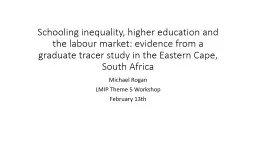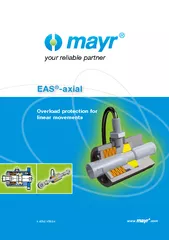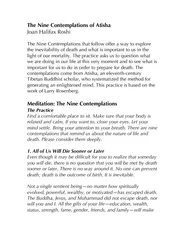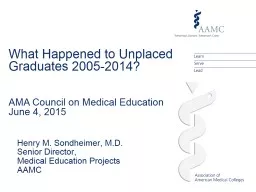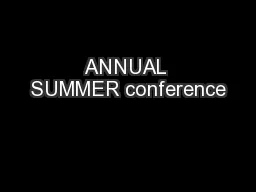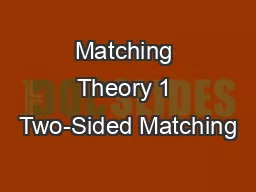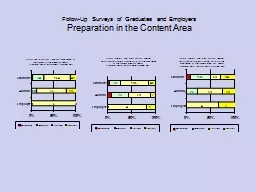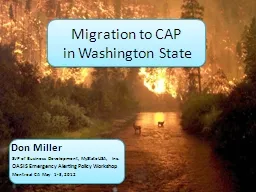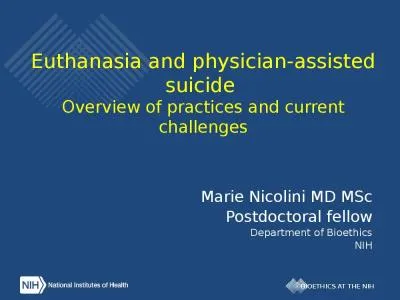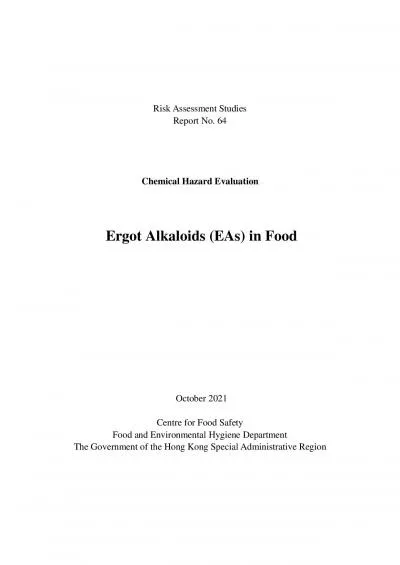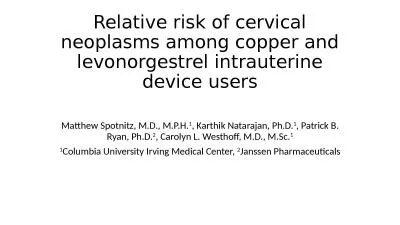PPT-Study choices and job matching among graduates from two Eas
Author : pasty-toler | Published Date : 2017-06-12
Michael Rogan ISER Rhodes University 23 March 2017 Policy National Development Plan Increase of gross enrolments from 950000 in 2010 to 16 million in 2030 a 70 increase
Presentation Embed Code
Download Presentation
Download Presentation The PPT/PDF document "Study choices and job matching among gra..." is the property of its rightful owner. Permission is granted to download and print the materials on this website for personal, non-commercial use only, and to display it on your personal computer provided you do not modify the materials and that you retain all copyright notices contained in the materials. By downloading content from our website, you accept the terms of this agreement.
Study choices and job matching among graduates from two Eas: Transcript
Download Rules Of Document
"Study choices and job matching among graduates from two Eas"The content belongs to its owner. You may download and print it for personal use, without modification, and keep all copyright notices. By downloading, you agree to these terms.
Related Documents

